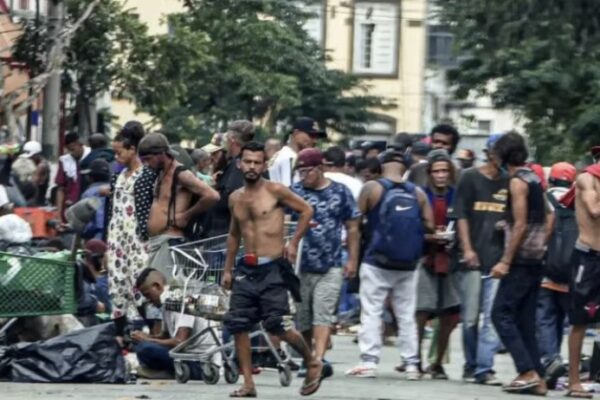The Vargas dictatorship, gentrification, and Cracolândia: what do they have in common?

The institute of heritage listing in Brazil, which originated during the Estado Novo under Vargas’s dictatorship through decree-law number 25 of 1937, represents a unique chapter in the protection of cultural heritage. Its incorporation into the legal framework without review by the National Congress highlights its origins in a Brazilian dictatorial period. Although it was created with good intentions, it is crucial to examine how this instrument can paradoxically compromise the preservation of Brazil’s rich cultural heritage and its own development.
Heritage listing, as a legal instrument, emerged in response to the constitutional need to preserve cultural heritage. However, the current legislation on the subject predates the democratic Constitution of 1988. Through the decree-law, Getúlio Vargas’s government sought to safeguard cultural assets of historical, artistic, and architectural significance, granting them a special status that prevented their alteration or destruction. However, the authoritarian nature of the context in which the listing was established raises questions about the legitimacy of the process, as it was not subjected to the democratic review of the National Congress.
Despite the good intentions behind the creation of the institute, heritage listing also carries challenges and controversies. The imposition of restrictions on private properties, often without adequate financial compensation for their preservation, can generate resistance from owners and, in some cases, result in neglect or gradual deterioration of the listed heritage.
Thus, a critical analysis of heritage listing in the context of its dictatorial origin is essential to understanding how this instrument, despite its noble purpose, faces intrinsic dilemmas that require reflection and adjustments to ensure the effective preservation of Brazilian cultural heritage.
There are numerous examples of the adverse consequences of heritage listing in historic centers across Brazil, where such outcomes often lead to the progressive disconnection of the population from these emblematic areas. A notable phenomenon is observed in São Paulo, where the rigidity of preservation regulations has impacted the city’s old center, driving a migration of the population to new urban centers. Neighborhoods like Pinheiros, Vila Madalena, and Barra Funda have emerged as alternatives, attracting not only residents but also commercial and cultural investments that were once concentrated in the listed centers.
This movement contributes to gentrification, characterized by the displacement of traditional communities, transformation of the urban landscape, and rising living costs, highlighting the challenges inherent in applying heritage listing as a mechanism for preserving heritage.
In the United States, particularly in cities like Washington, D.C., there has been a growing limitation on the institute of heritage listing. This shift in approach aims to favor urban expansion and ensure access to housing near urban centers. An innovative alternative has been the adoption of visual representations, such as old photographs, to preserve historical memory and part of the cultural heritage. This approach offers a more flexible solution, allowing for urban development while maintaining a visual and descriptive record of what previously existed. Unlike more rigid heritage listing, this strategy seeks to balance urban dynamism with historical preservation, finding a middle ground between urban progress and heritage conservation.
Ultimately, the reflection on heritage listing in the Brazilian context, exemplified by the challenges faced in São Paulo’s historic centers, underscores the importance of seeking balanced approaches in cultural heritage preservation. Excessively restrictive measures can lead to a bleak scenario, as witnessed in the depopulation of listed areas in São Paulo’s capital. The complexity of meeting all the requirements often leads to the exodus of residents and businesses, resulting in abandoned spaces prone to disorderly occupation, as seen in the unfortunate reality of Cracolândia. In contrast, the flexibility adopted in some U.S. cities, through visual representations and detailed descriptions, suggests a more adaptable and sustainable approach, capable of reconciling urban development with historical preservation and avoiding urban voids that foster social marginalization.

